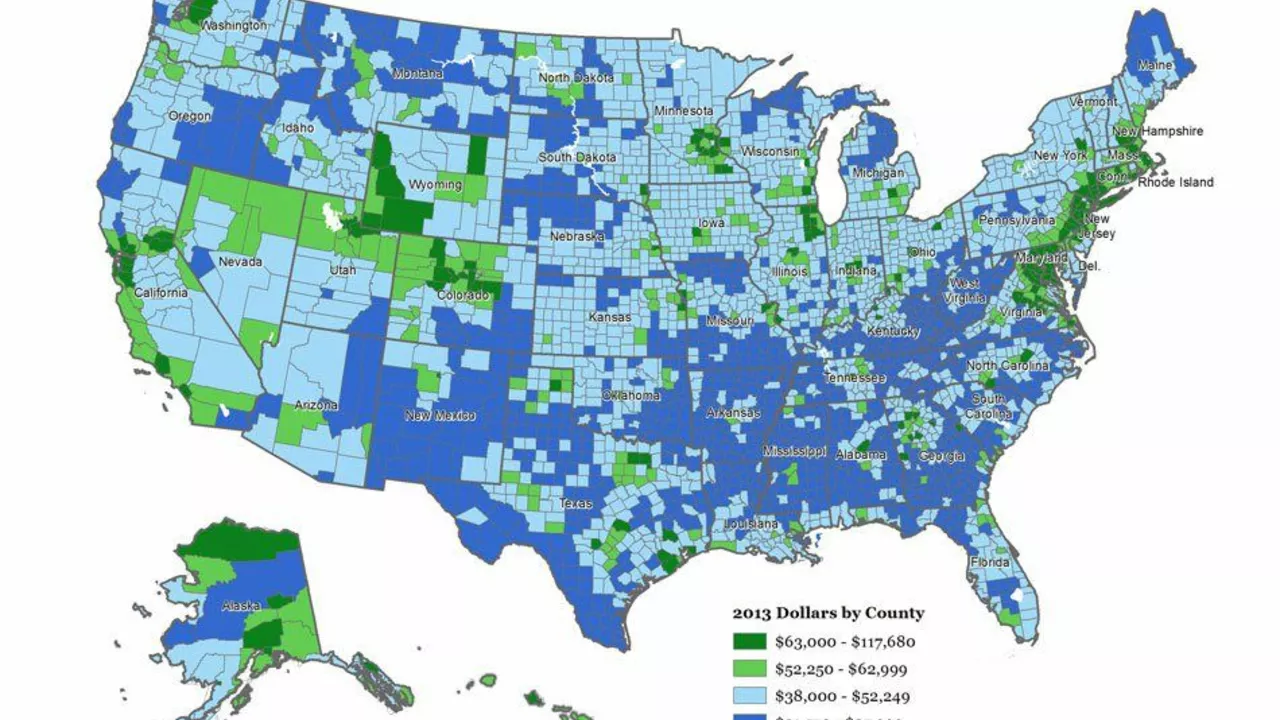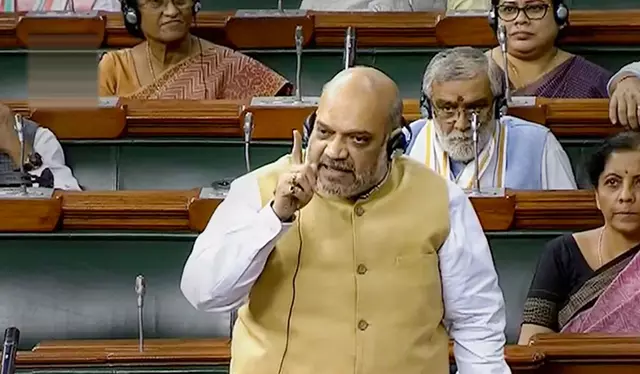Poverty: Causes, Effects, and Real‑World Solutions
When you hear the word “poverty,” you might picture a distant problem that doesn’t touch your life. The truth is, poverty shapes everything from the food on our tables to the jobs we see advertised. Understanding why it happens and what you can do about it makes the issue feel a lot less abstract.
What Keeps People in Poverty?
First, look at income. A big chunk of families earn less than the minimum needed for basic housing, food, and health care. Low wages often come from jobs that lack benefits, training, or stability. When a paycheck can’t cover a month’s rent, people end up skipping meals or pulling kids out of school, which then limits future earning power.
Second, education matters. Without a solid primary or secondary education, it’s tough to qualify for higher‑paying work. Many poor neighborhoods lack good schools, libraries, or reliable internet, creating a cycle where the next generation inherits the same barriers.
Third, health issues play a huge role. Chronic illnesses, lack of health insurance, or even a single accident can drain savings and push a household into debt. When people are sick, they can’t work, and medical bills pile up faster than any paycheck can cover.
Fourth, social factors like discrimination and gender bias limit opportunities for certain groups. When a community faces systemic exclusion, its members often find fewer jobs, less credit, and weaker safety nets.
Finally, the cost of living keeps rising faster than wages in many places. Housing prices, utility bills, and even everyday groceries have outpaced wage growth for years, widening the gap between the rich and the rest.
What You Can Do to Help
Start small. Volunteering at a local food bank or shelter directly puts food and a safe space in front of people who need it. You’ll see the impact in real time and get a better sense of the community’s specific needs.
Donate wisely. Look for nonprofits that focus on job training, education scholarships, or micro‑loans. These programs empower people to earn more, rather than just providing temporary relief.
Support policies that raise the minimum wage, improve public schools, and expand affordable health care. Writing to your local representatives, signing petitions, or joining community meetings can make your voice heard.
Buy responsibly. When you choose products from companies that pay fair wages and invest in local communities, you push the market toward more equitable practices.
Educate yourself and others. Share articles, host discussion nights, or simply talk about poverty with friends and family. The more people understand the root causes, the more pressure there is for change.
Remember, tackling poverty isn’t about a single hero; it’s about many small actions adding up. By looking at the real drivers—low wages, limited education, health costs, discrimination, and rising living expenses—you can target your help where it matters most. Every effort counts, whether you’re feeding a family tonight or advocating for a policy that lifts an entire neighborhood out of hardship.





